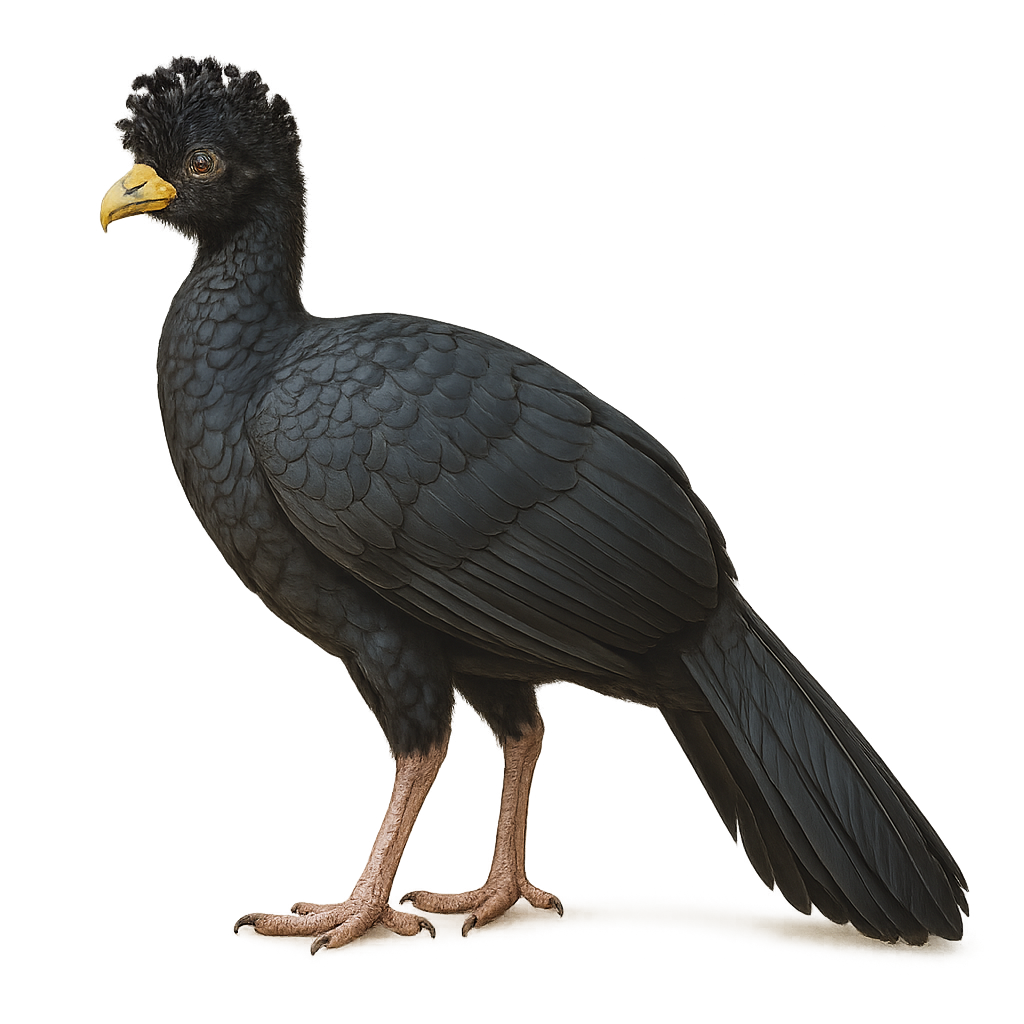Your wildlife photography guide.
Explore the wattled curassow in detail, study its behavior, prepare your shots.
Where to observe and photograph the wattled curassow in the wild
Learn where and when to spot the wattled curassow in the wild, how to identify the species based on distinctive features, and what natural environments it inhabits. The WildlifePhotographer app offers tailored photography tips that reflect the wattled curassow’s behavior, helping you capture better wildlife images. Explore the full species profile for key information including description, habitat, active periods, and approach techniques.
Wattled Curassow
Scientific name: Crax globulosa

IUCN Status: Endangered
Family: CRACIDAE
Group: Birds
Sensitivity to human approach: Suspicious
Minimum approach distance: 10 m
Courtship display: August to October
Incubation: 28-32 jours
Hatchings: September to November
Habitat:
Humid tropical forests, riverbanks
Activity period :
Primarily active during the day, with peak activity in the morning and late afternoon.
Identification and description:
The Crax globulosa, commonly known as the Wattled Curassow, is an impressive bird from the Cracidae family. It is distinguished by its glossy black plumage and characteristic crest. Males display a bright red wattle on their beak, particularly visible during the breeding season. This bird primarily inhabits the humid tropical forests of South America, especially in the Amazon. It is often seen near watercourses, where it feeds on fruits, seeds, and insects. Unfortunately, the Wattled Curassow is threatened by deforestation and hunting, leading to a significant decline in its population. Its conservation is crucial to preserving the biodiversity of its natural habitat.
Recommended lens:
400 mm – adjust based on distance, desired framing (portrait or habitat), and approach conditions.
Photography tips:
To photograph the Wattled Curassow, it is advisable to use a telephoto lens of at least 400mm to capture detailed images without disturbing the bird. Given its dense forest habitat, prioritize times of the day when the light is softer, such as early morning or late afternoon. Be patient and discreet, as this bird is suspicious and can be difficult to approach. Use a tripod to stabilize your camera and achieve sharp shots, even in low-light conditions.
The WildlifePhotographer App is coming soon!
Be the first to explore the best nature spots, track rutting seasons, log your observations, and observe more wildlife.
Already 1 439 wildlife lovers subscribed worldwide

